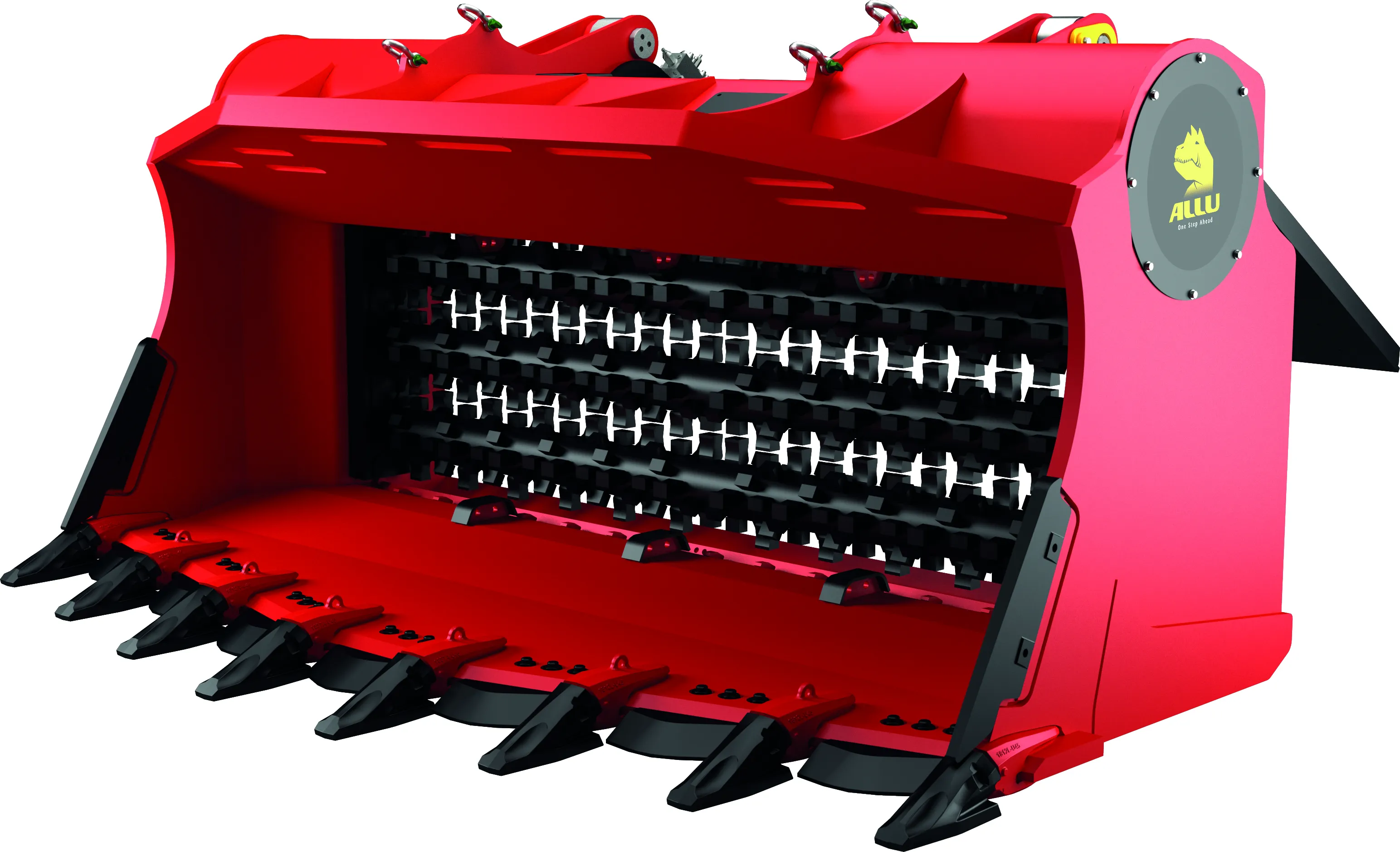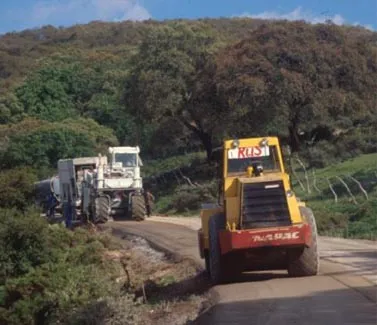
The cleaner and more homogeneous the material obtained after a recycling process is, the more value it will have. Being able to use inert materials of higher quality, or being able to resell them to third-party companies, is now a competitive advantage for materials companies. Having in-house machinery such as the MB Crusher screening bucket means a company can quickly select any material that is homogeneous in size.
A German company that owns a demolition depot had, over years, accumulated tonnes of material - a mixture of earth and debris. It was necessary to arrange and rearrange the areas, separating and cleaning the inert materials with equipment that would allow maximum productivity in a short time. The decision fell on the MB Crusher screening model MB-S14 that was purchased to work on a
Equipped with a panelled basket with 20x20mm holes, the MB-S14 screening bucket allowed the company to manage the work area in just a few days. The soil was effectively separated from the larger debris and bulkier pieces of material and the resulting inert material was gathered in an orderly manner. Today, the company screens over 15 tonnes of material/day. The MB-S14 screening bucket is now effectively deployed in the 4th Series of MB Crusher products. It weighs 1.1tonnes and has a loading capacity of 1.10m³. It is compact with dimensions of 1700 x 1400 x 1440mm and has baskets made of interchangeable modular panels available with various sized holes as needed.
Meanwhile, in Mömlingen, a small town in the heart of Bavaria, a Doosan DX235 excavator is working with a BF90.3 crusher bucket for the on-site crushing of cobblestones and blocks of limestone from the preceding excavation of the square. Recycled directly on site, these crushed aggregates were then used on the same work site to fill the sub-floor for the creation of the new square.
Use of the crusher bucket allowed the construction company to completely recover the materials present on-site, with an evident reduction in emissions and consumption and a general reduction in noise pollution. The crusher bucket was transported installed directly on the excavator, an important aspect for any company operating in the sector that has to take on operations in urban work sites.








